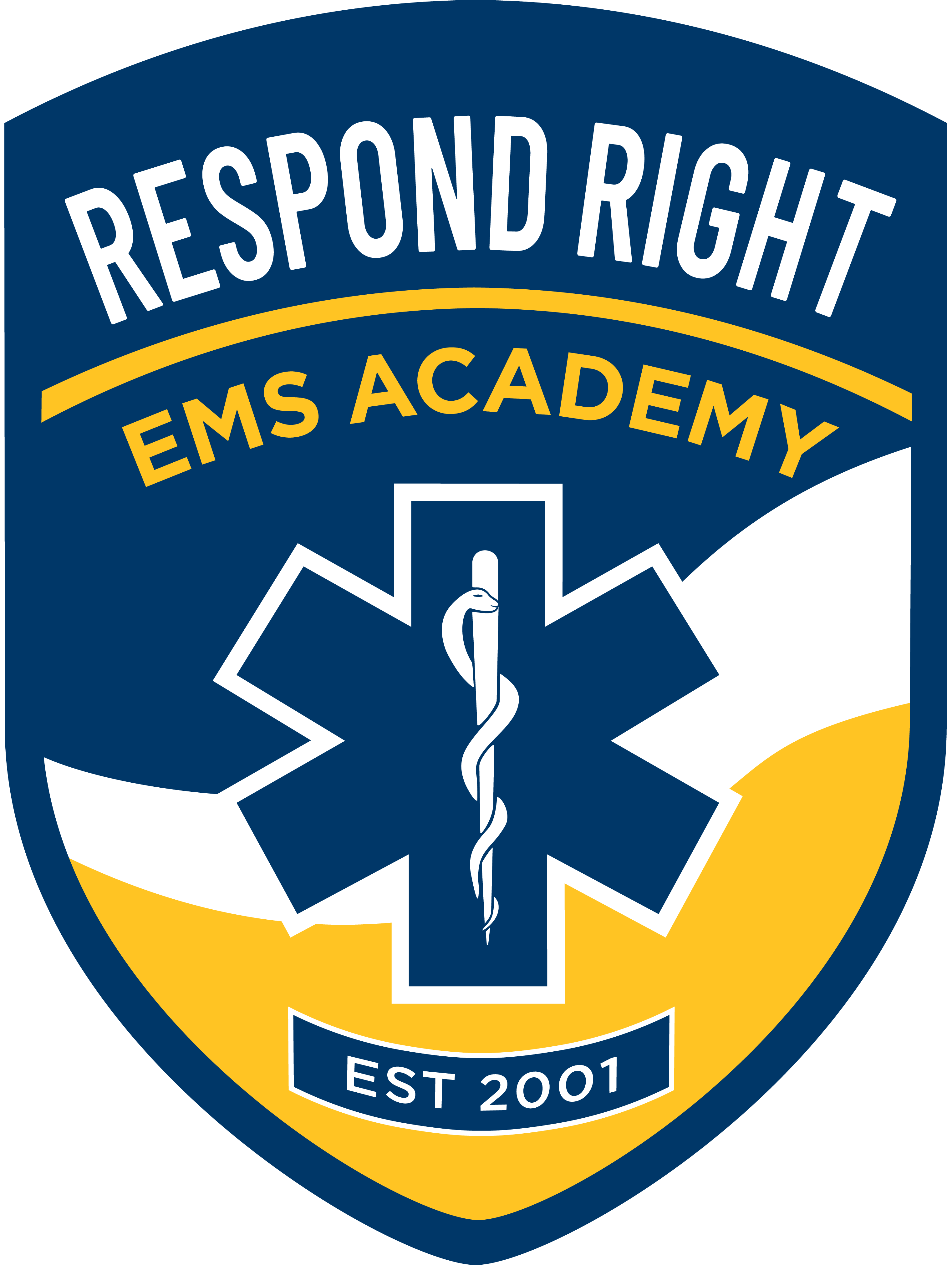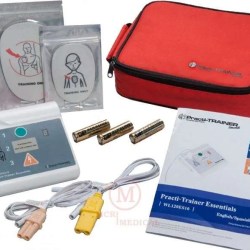
Becoming an Emergency Medical Technician (EMT) is a rewarding yet demanding journey. EMT training prepares you to handle life-or-death situations, but the process comes with its challenges. From mastering medical terminology to passing certification exams, students often face obstacles along the way. Choosing the right EMT school can make a significant difference in your success. At Respond Right EMS Academy, we help you navigate these challenges with the right resources and support.
1. Understanding Complex Medical Terminology
One of the first hurdles EMT students encounter is learning medical terminology. The vast number of terms can feel overwhelming, especially for those without a medical background.
To make learning easier, break terms into root words, prefixes, and suffixes to understand their meanings. Flashcards, mobile apps, and real-life application of terms during training can help reinforce knowledge. If you’re just starting your EMT journey and need structured guidance, our EMT-Basic Training Program provides a strong foundation in medical terminology and hands-on skills.
2. Hands-On Skill Proficiency
EMT training requires mastering practical skills such as patient assessment, airway management, and CPR. Some students struggle to translate theoretical knowledge into hands-on proficiency.<
To build confidence, take advantage of skills labs and clinical rotations that provide real-world experience. Practicing with manikins and engaging in simulation scenarios can refine your technique. If you need a more flexible learning approach that includes both online coursework and in-person skill practice, consider enrolling in our Hybrid EMT Course to get the best of both worlds.
3. Managing Test Anxiety
The NREMT Cognitive Exam and psychomotor assessments can be stressful, and test anxiety often affects performance. Many students worry about time constraints and question formats, which can lead to second guessing and lower scores.
To combat this, practice with timed exams to build familiarity with the test structure. Relaxation techniques such as deep breathing can also help you stay focused. For those needing additional review and preparation, our 24-Hour EMT Refresher Course is designed to reinforce key concepts and improve test-taking strategies.
4. Balancing Training with Work and Life
Many EMT students juggle training with jobs, family responsibilities, or other commitments. Finding time to study and attend classes can be difficult, but the right planning and resources can make a difference.
Choosing flexible learning optionsis key to managing your schedule. We offer courses that accommodate busy professionals. If you’re looking for an entirely online option that allows you to learn at your own pace, our 40-Hour Online EMS Instructor Course provides high-quality education without disrupting your daily responsibilities.
5. Passing the EMT Certification Exams
The NREMT exam is a critical step in becoming a certified EMT. However, some students struggle to pass on the first attempt due to knowledge gaps or poor test-taking strategies.
To improve your chances of success, use official NREMT study guides, take practice tests, and seek tutoring if needed. Regular continuing education is also vital for EMTs and paramedics looking to maintain their certification. Our EMT & Paramedic CEUsprogram offers ongoing training to keep you prepared and confident in your skills.
EMT training may be challenging, but with the right mindset and resources, you can succeed. We provide the training, support, and tools to help you overcome every obstacle. Whether you need a refresher course, test prep assistance, or flexible learning options, we have you covered.



















